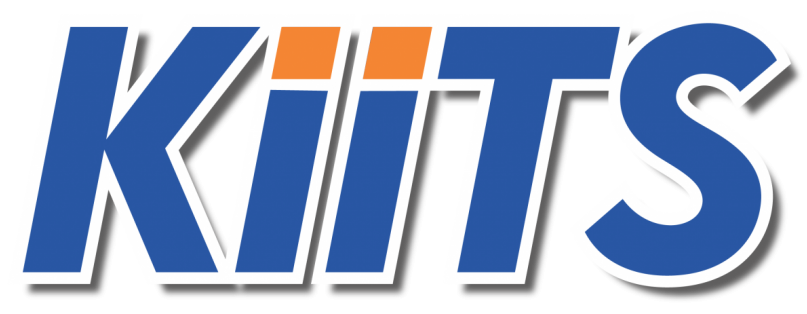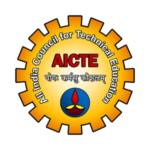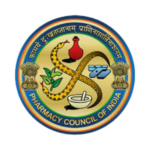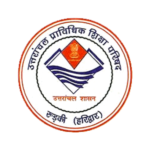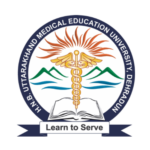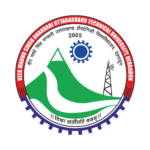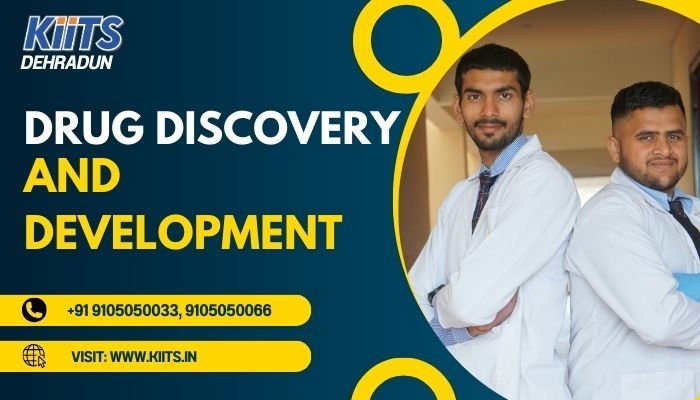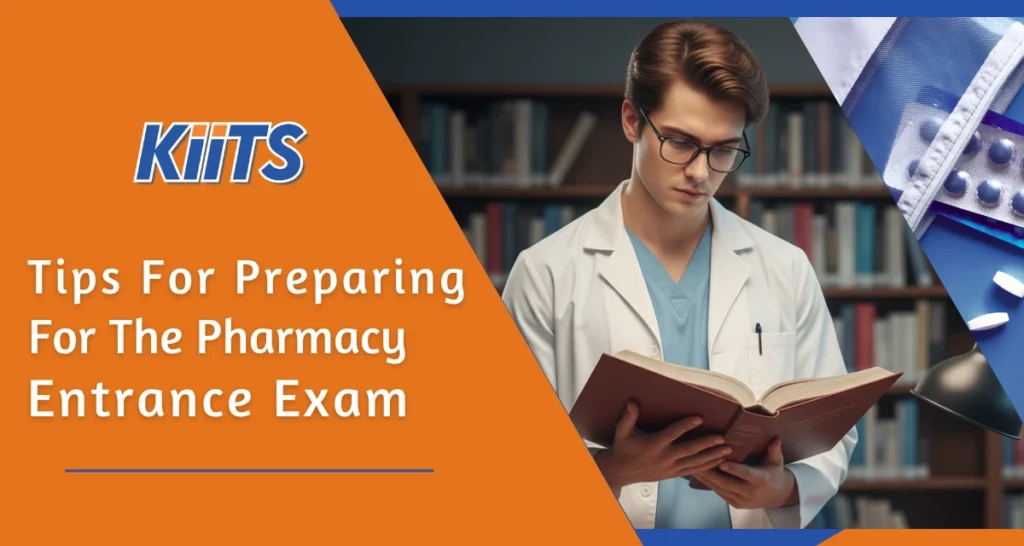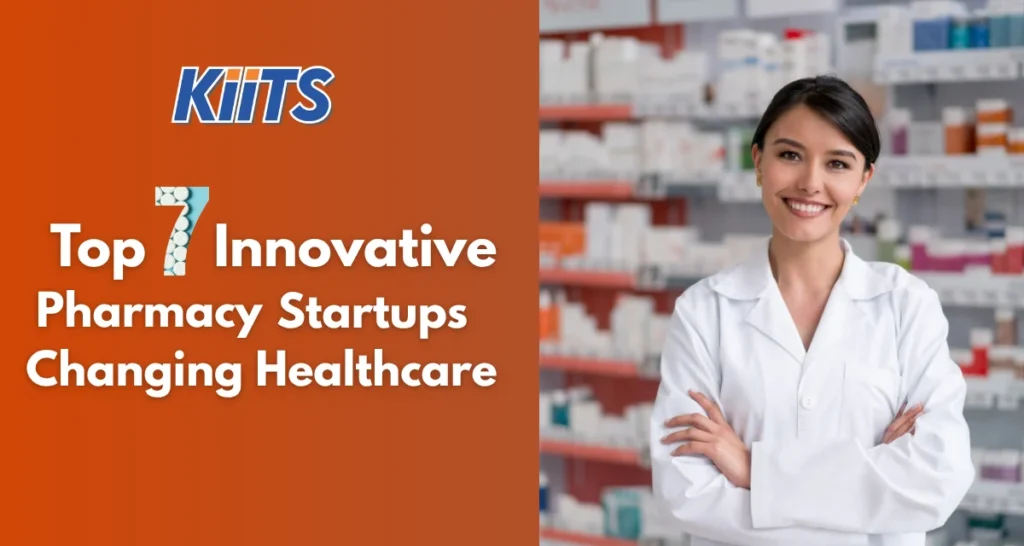Drug discovery and development is a complex, multidisciplinary process that spans from the initial identification of potential therapeutic targets to the final approval and commercialization of a new drug. This process involves a series of rigorous steps, each critical in ensuring that new medicines are safe, effective, and capable of addressing unmet medical needs. Despite the scientific and technological advances that have streamlined many aspects of drug discovery, it remains a lengthy, costly, and high-risk endeavor. This article delves into the various stages of drug discovery and development, exploring the challenges and innovations that define this essential facet of modern medicine.
Stages of Drug Discovery and Development
Target Identification and Validation
The drug discovery process begins with the identification and validation of a biological target, typically a protein, gene, or RNA molecule, that plays a critical role in a disease. Researchers use various techniques, such as genomics, proteomics, and bioinformatics, to identify these targets. Once a potential target is identified, it must be validated to confirm its role in the disease and its suitability for drug intervention.
Techniques Used:
Genomics and Proteomics: These fields study the genes and proteins involved in disease processes, helping identify potential targets.
Bioinformatics: Computational tools analyze biological data to predict and validate targets.
Cellular and Molecular Biology: Experimental techniques in the lab confirm the involvement of targets in disease mechanisms.
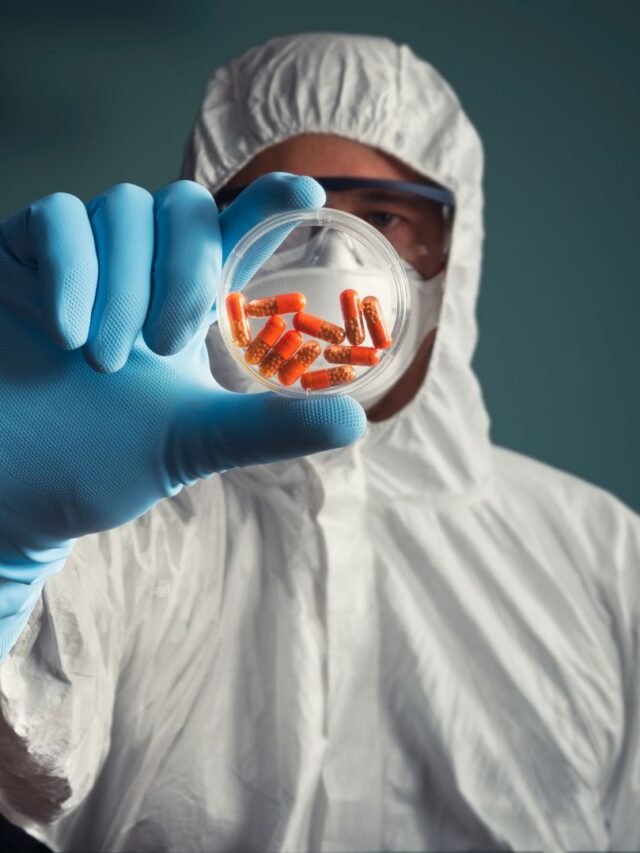
Hit Identification and Lead Generation
Following target validation, researchers screen large libraries of compounds to identify “hits” that interact with the target. These hits serve as the starting point for the development of drug candidates. High-throughput screening (HTS) is a common method used to rapidly test thousands to millions of compounds for activity against the target.
Techniques Used:
High-Throughput Screening (HTS): Automated screening of large compound libraries against the target.
Structure-Based Drug Design: Utilizing the 3D structure of the target to design molecules that fit precisely.
Fragment-Based Screening: Screening smaller compound fragments and then linking them to create potent molecules.
Lead Optimization
Once hits are identified, they undergo a process of optimization to improve their potency, selectivity, and pharmacokinetic properties. Medicinal chemists modify the chemical structure of hits to enhance their effectiveness and reduce potential side effects. This iterative process involves synthesizing and testing numerous analogs of the initial hits.
Techniques Used:
Medicinal Chemistry: Chemical modification of hits to improve drug-like properties.
Computational Modeling: Simulating interactions between the drug and target to predict modifications.
ADME Testing: Assessing absorption, distribution, metabolism, and excretion properties of compounds.
Preclinical Development
Optimized leads that show promise in early testing move to preclinical development, where they are tested in vitro (in the lab) and in vivo (in animal models) to evaluate their safety and efficacy. Preclinical studies are crucial in identifying potential toxicities and understanding the pharmacokinetic and pharmacodynamic properties of the drug candidates.
Techniques Used:
In Vitro Testing: Laboratory tests on cells and tissues to assess biological activity.
In Vivo Testing: Animal studies to evaluate safety, efficacy, and dosing.
Toxicology Studies: Assessing potential adverse effects of drug candidates.
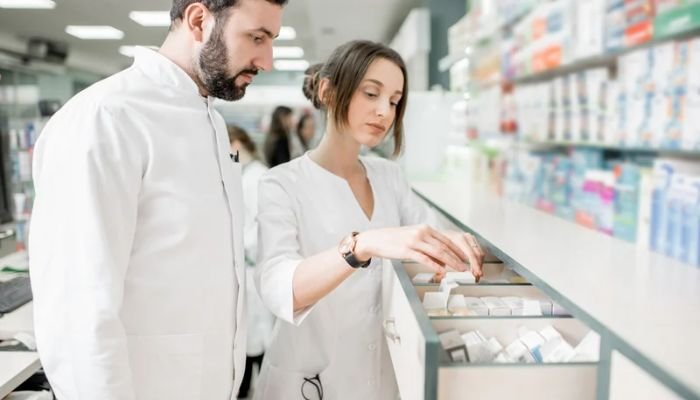
Clinical Development
Successful preclinical candidates advance to clinical development, which consists of three phases of human trials, each with increasing numbers of participants and complexity.
Phase I:
Objective: Assess safety, tolerability, and pharmacokinetics in a small group of healthy volunteers or patients.
Key Metrics: Dosing, side effects, absorption, and metabolism.
Phase II:
Objective: Evaluate efficacy, optimal dosing, and further assess safety in a larger group of patients with the targeted disease.
Key Metrics: Therapeutic effect, side effects, and dose-response relationship.
Phase III:
Objective: Confirm efficacy and safety in a large, diverse patient population, comparing the new drug to standard treatments.
Key Metrics: Clinical outcomes, adverse effects, long-term safety, and efficacy.
Regulatory Review and Approval
After successful clinical trials, the drug sponsor submits a New Drug Application (NDA) or Biologics License Application (BLA) to regulatory authorities, such as the U.S. Food and Drug Administration (FDA) or the European Medicines Agency (EMA). These applications contain comprehensive data from preclinical and clinical studies, manufacturing information, and proposed labeling.
Regulatory Review Process:
Pre-NDA/BLA Meetings: Discussions with regulatory agencies to ensure all necessary data is included.
Submission of NDA/BLA: Detailed documentation of all research and testing data.
Review and Evaluation: Regulatory experts review the application, often involving advisory committee meetings and public hearings.
Approval or Rejection: Based on the review, the drug is either approved for market or further information is requested.
Post-Marketing Surveillance
Even after a drug is approved and marketed, its safety and efficacy continue to be monitored through post-marketing surveillance (Phase IV). This ongoing process helps identify any rare or long-term adverse effects and ensures the drug remains safe and effective for patients.
Techniques Used:
Pharmacovigilance: Monitoring and evaluating reports of adverse effects.
Real-World Evidence Studies: Observing how the drug performs in broader patient populations.
Risk Management Plans: Implementing strategies to minimize and manage potential risks.
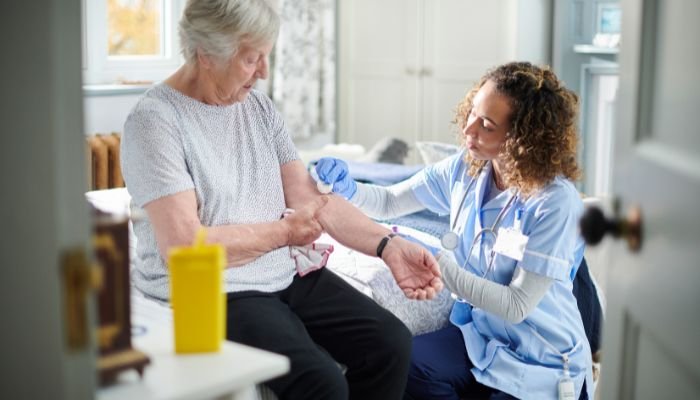
Challenges in Drug Discovery and Development
High Costs and Time-Intensive Process
Drug discovery and development are notoriously expensive and time-consuming. The entire process, from initial discovery to market approval, can take over a decade and cost billions of dollars. High failure rates, particularly in the later stages of development, contribute significantly to these costs.
Scientific and Technical Challenges
Identifying viable drug targets and developing effective therapies involve significant scientific challenges. Diseases like cancer, Alzheimer’s, and rare genetic disorders require innovative approaches and advanced technologies to overcome complex biological mechanisms.
Regulatory Hurdles
Navigating the regulatory landscape is a complex and critical aspect of drug development. Regulatory requirements vary by region and are constantly evolving, necessitating extensive documentation, adherence to stringent standards, and continuous communication with regulatory bodies.
Market and Commercialization Risks
Even after a drug is approved, it faces commercial risks, including market competition, patent expiration, and shifts in healthcare policies. Effective market strategies and post-marketing surveillance are essential to ensure a drug’s success and sustained impact.
Innovations in Drug Discovery and Development
Artificial Intelligence and Machine Learning
AI and machine learning are revolutionizing drug discovery by accelerating target identification, predicting compound interactions, and optimizing clinical trial designs. These technologies analyze vast datasets, uncovering patterns and insights that would be challenging to identify manually.
Precision Medicine
Precision medicine tailors treatments to individual patients based on their genetic, environmental, and lifestyle factors. Advances in genomics and biomarker identification enable the development of targeted therapies, improving treatment efficacy and reducing adverse effects.
Biologics and Biosimilars
Biologics, derived from living organisms, represent a rapidly growing segment of the pharmaceutical market. These include monoclonal antibodies, gene therapies, and vaccines. Biosimilars, highly similar versions of approved biologics, offer cost-effective alternatives and expand access to advanced therapies.
CRISPR and Gene Editing
CRISPR and other gene-editing technologies hold immense potential for treating genetic disorders by precisely modifying disease-causing genes. These innovations offer hope for curing previously untreatable conditions and revolutionizing personalized medicine.
High-Throughput Screening and Automation
Advancements in HTS and automation streamline the screening of vast compound libraries, increasing the efficiency and speed of the drug discovery process. Robotic systems and automated workflows reduce human error and enhance reproducibility.

Case Studies: Successful Drug Developments
Imatinib (Gleevec)
Imatinib, a breakthrough in targeted cancer therapy, revolutionized the treatment of chronic myeloid leukemia (CML). Developed by Novartis, Imatinib inhibits the BCR-ABL tyrosine kinase, a protein that drives CML. Its success paved the way for numerous targeted cancer therapies, transforming the landscape of oncology.
Sofosbuvir (Sovaldi)
Sofosbuvir, developed by Gilead Sciences, marked a significant advancement in the treatment of hepatitis C. As a direct-acting antiviral, Sofosbuvir achieved high cure rates with fewer side effects compared to previous treatments. Its approval represented a major milestone in the fight against viral hepatitis.
Pembrolizumab (Keytruda)
Pembrolizumab, an immune checkpoint inhibitor developed by Merck, has shown remarkable efficacy in treating various cancers, including melanoma, lung cancer, and Hodgkin lymphoma. By targeting the PD-1 pathway, Pembrolizumab enhances the body’s immune response against cancer cells, offering new hope for patients with advanced malignancies.
Conclusion
Drug discovery and development are pivotal in advancing healthcare and improving patient outcomes. Despite the challenges and complexities involved, continuous innovations and interdisciplinary collaborations drive the discovery of new therapies. From initial target identification to post-marketing surveillance, each stage of the process is critical in ensuring the safety, efficacy, and accessibility of new drugs. As technologies evolve and scientific understanding deepens, the future of drug discovery holds immense promise, offering hope for groundbreaking treatments and cures for a wide array of diseases.
